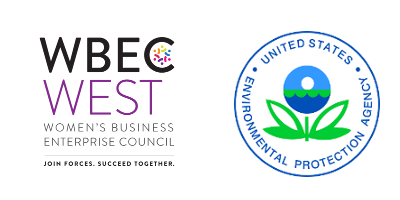SHIPPING INDUSTRIAL WASTE TO THE MOON
Shipping industrial waste to the moon is quite interesting to consider as a method of waste disposal. But is it safe for the earth and the universe as a whole? Is it legal? Is it cost-effective? Is it even feasible? Perhaps if it lowers the running cost of disposal, then it can be a viable option to explore. Another thing to consider is what led people to considering shipping wastes to the moon as a method of waste disposal in the first place?
Industrial Waste Can Be Hazardous - Recycling Properly Is Crucial for Earth
The constant need for humans to find easier ways to accomplish everyday tasks has led to a greatly required increase in the number of factories, refineries, and production units on earth. However--in every situation--there is a positive and there is a negative. While the benefits we've derived from the increase in the number of factories and refineries are innumerable, the inevitable, not-so-good aspect, is the production of industrial wastes--and some of these are hazardous. Various industrial activities led to the production of hazardous wastes and bulk trash. Most of these wastes have caused disruption in the chemical, physical, and biological composition of the earth, which is why their disposals are now heavily regulated.
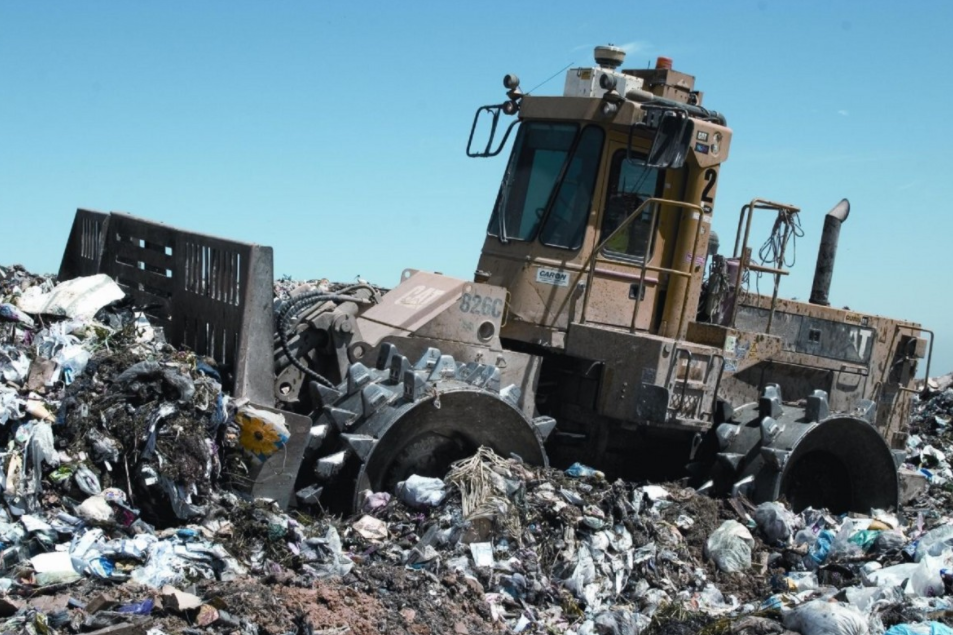
In addition to industrial waste, there is also a steady increase in the global population. Consequently, we produce an enormous amount of bulk trash that needs to be disposed of. A huge amount of this waste ends up in landfills. However, landfills aren't a sustainable mechanism of managing wastes; rather, they are just the easiest way.
Landfill
Landfills contain a large number of different wastes, including organic waste that fills up the land thereby causing air build-up beneath the surface of the landfill. This forms the ideal environment for a lot of bacteria. These bacteria later release harmful gases as a result of the digestion of organic material. The landfill is therefore an indirect cause of air pollution and global warming.
In an attempt to manage wastes safely and efficiently, several regulations and discoveries have been made, the most adopted being recycling. However, shipping wastes to the moon is being considered as an alternative that could probably be more efficient. Colliding industrial wastes, trash and other substances that pollute the earth with the sun has also been considered. Before discussing the viability of managing industrial wastes through these methods, it is important to explore the scope of industrial wastes.
What is Industrial Waste? Why Recycle?
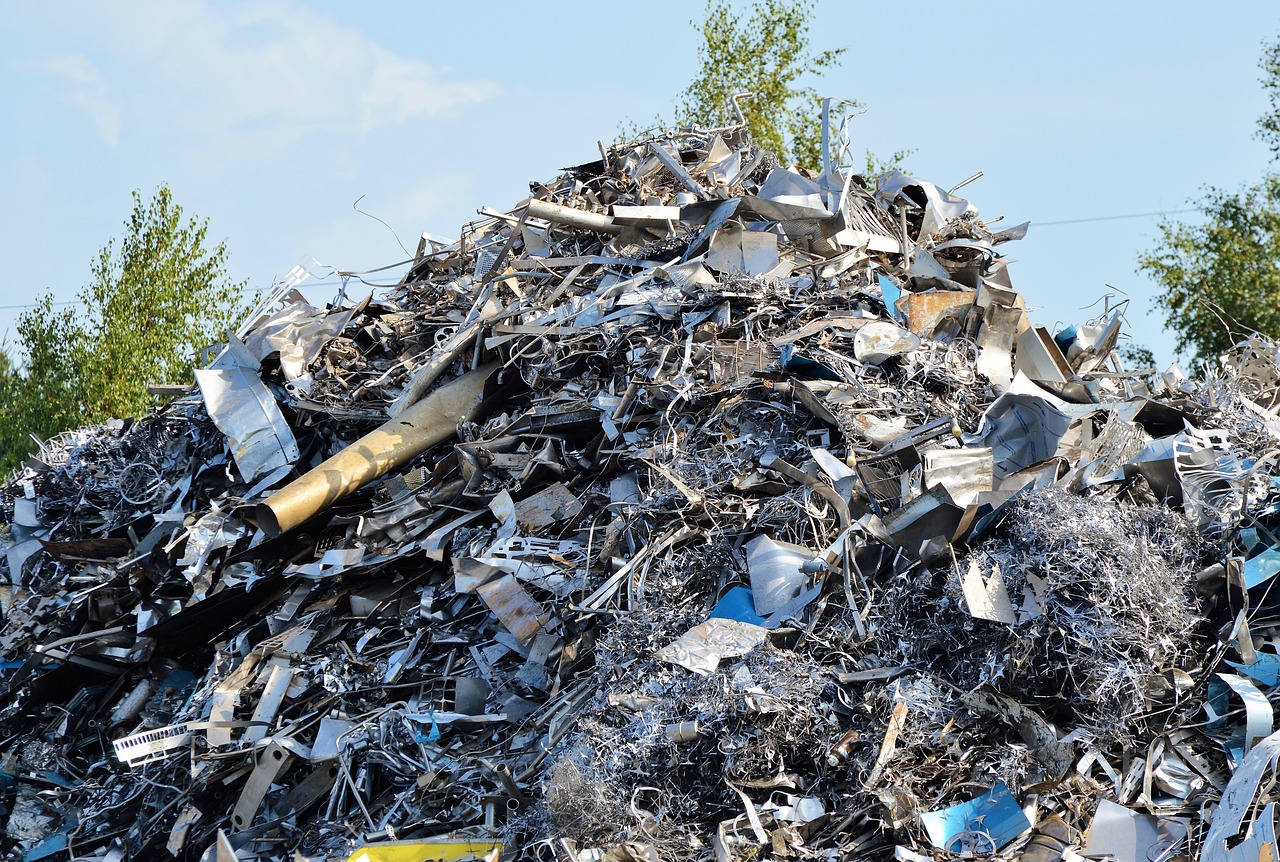
Types of Industrial Waste
Industrial wastes can occur as liquid waste, solid waste, or gaseous waste. They can generally be classified into two categories which are: Hazardous waste and Non-hazardous waste.
Hazardous waste is waste from industrial activities that can make the environment unfriendly for its inhabitants and can cause harm to people in general. These wastes can be from chemical solvents used in the dyeing and tanning industries, burning fossil fuels like natural gas and petroleum, or improper disposal of radioactive material.
Some of these hazardous wastes include igneous wastes which are flammable, corrosive wastes which can eat up and destroy the texture of bodies, toxic materials which are poisonous to our body system, reactive waste which has the ability to explode or detonate, and radioactive wastes which can cause serious damage to us and our environment.
Examples of hazardous wastes are solvent-based paints, fungicides, herbicides, insecticides, pesticides, weed killers, batteries, petrol and kerosene, cleaning and polishing chemicals, swimming pool or spa bath chemicals, pharmaceuticals, thermometers, barometers, thermostats, fluorescent tubes, and compact fluorescent globes (CFLs).
Among this list is multi-hazardous waste, which is the combination of multiple hazardous constituents (chemical, radioactive, and/or biological). For example, spent cocktails from continuous liquid scintillation counting and radioactive trichloroacetic acid solutions from protein precipitations.
Some of the companies that generate hazardous wastes are refineries, petroleum and petrochemical industries, automobiles, hospitals, exterminators, repair shops, nuclear plants, and so on.
Non-hazardous waste, on the other hand, is waste from industrial activity which does not pose a danger to the public health and environment. Regulations for disposal of non-hazardous wastes are less strict. Examples include plastic, glass, metal, just to mention a few.
The Moon
If we look up at night, we see the moon, it reflects light from the sun to the earth giving it a whitish, yellowish, blueish, or reddish color--though in reality, the color of the moon is grey. The Moon, also known as Luna, is described as an astronomical body orbiting the earth--and is its only natural satellite, which is also known as the fifth largest satellite in the solar system.
Like the four inner planets also known as terrestrial planets (Mercury, Venus, Earth, and Mars), the moon is rocky. The moon's presence helps stabilize our planet's wobble, which in turn helps stabilize our climate. The moon is a bit bigger than one-quarter of the earth's size.
Getting to the moon requires a powerful rocketship to accelerate a spacecraft fast enough to overcome the pull of the earth's gravity. Due to the terrestrial structure of the moon and other factors, dumping of industrial waste on it has been put into research and its feasibility and side effects are currently being predicted and studied. A possible solution to the problems that may come up are also being worked towards.
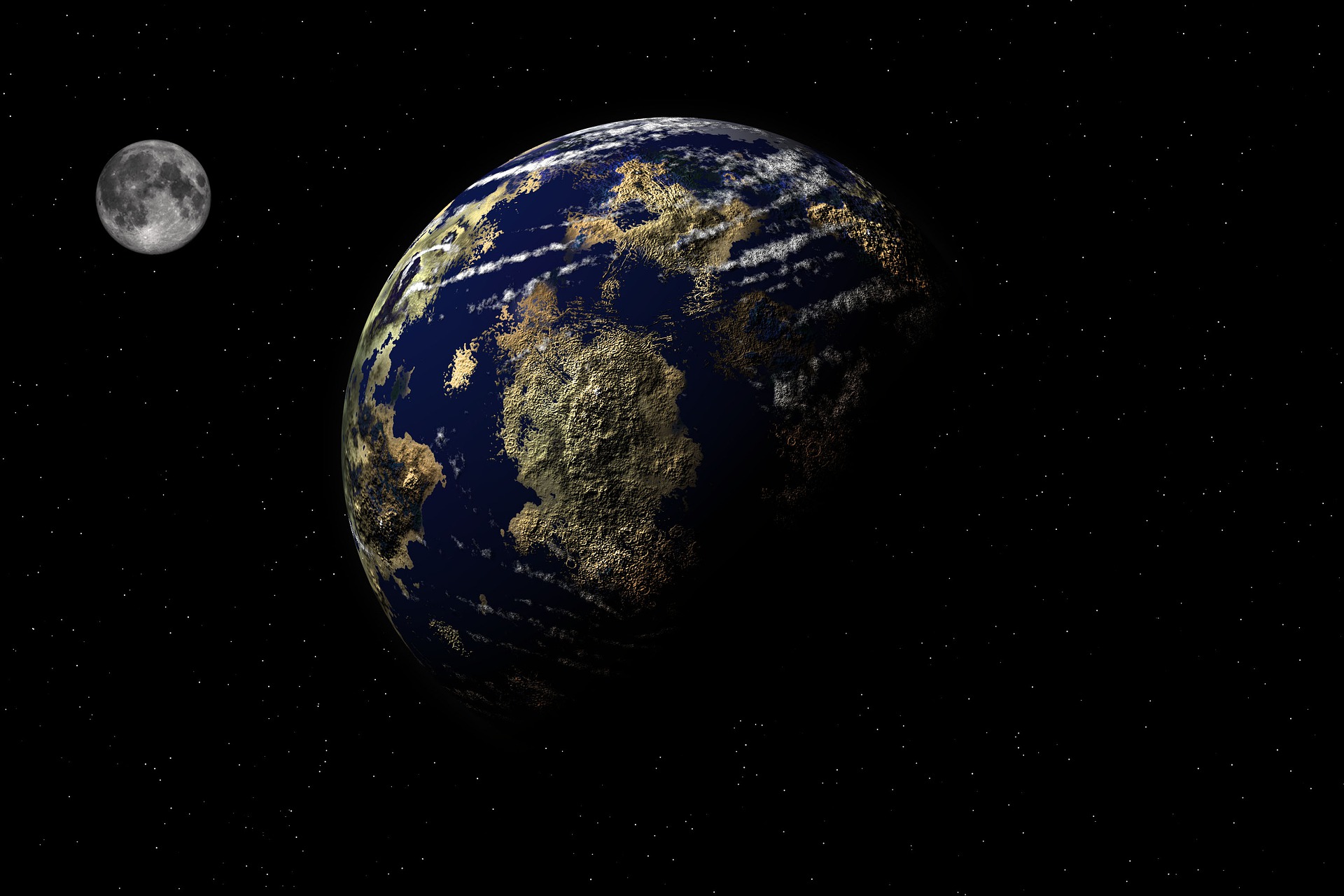
Effects of Shipping Industrial Hazardous Waste
Trash takes up space and presents a risk to the crew. NASA suggests that the key to this big space trash problem could be addressed with technology that compacts and processes trash, according to a news statement from the agency.
NASA has sent out a call to US companies to create prototype compactors and trash processing systems. The agency is looking for innovative designs that not only compact trash but also remove hazardous components and process and remove pieces that could then be recycled. If an explosion occurs at launch or during the crossing, the transported hazardous waste would be dispersed throughout the earth and poison the air.
If a rocket carrying 50 tons of nuclear waste has an accident, the entire solar system could be affected. The risk involved is therefore massive.
Economic Importance of Shipping Wastes to the Moon
Transferring waste to the moon is not yet a cost-effective option. The energy cost is lower if you put your payload out of the solar system than if you transfer it to the moon. Shipping wastes to the moon requires a powerful rocket which is presently excessively expensive. The cost of transporting nuclear waste to the moon is high--and it's about $8.5 million per ton. NASA says a moon rocket could cost as much as $1.6 billion per launch
Industrial Wastes as a Source of Raw Materials For Useful High-Value Products
When recycled, industrial wastes serve as a source of raw material. They are used to create other useful products. The earth doesn't have a limitless stream of resources hence managing the resources available in the most efficient way is the way to go. Maximizing the benefits that could be derived from our resources including industrial wastes is a necessity in our modern world and not just a luxury. This is because of the increasing global population. We have renewable resources and non-renewable resources, so we need to manage our renewable resources in the most efficient way.
The use of industrial wastes to develop high-value products has been deployed in various industries. For instance, in the production of soil-cement, a mixture of slag gravel and ash from the burning of biofuel is used as a substitute for cement, which reduces the carbon dioxide emissions of the construction industry.
Other examples are:
- Finer slag gravel which can be used as a filler for pipe trenches.
- Bottom ash which can be refined by separating its metals for recycling.
Other useful industrial wastes may include:
- Fiber clay and sludge.
- Steel sand, tailings, and blasting grit.
- Nickel and nickel alloys.
- Various types of coarse crushed stone.
Some countries may benefit economically from importing these wastes as they can provide raw materials for recycling. When these wastes provide used products, the used products can be refurbished and reused.
We Help With Waste Management
Recycling is the best way of handling industrial wastes because it comes with a monetary reward--that is, if waste generators discover the right partner for their waste management. Recognized Trading and Shipping Inc can take care of your industrial waste and pay you a fair amount for it.
RTS abides by all national and international regulations that control the transit of industrial wastes. We buy your industrial wastes from you and move it either by road, rail and/or water to our partner HongJing in the Korea republic. HongJing specialize in recycling hazardous wastes in the most environmentally friendly way.
There are many cost-effective ways to deal with industrial waste. If you really want to rid the planet of industrial waste and increase your revenue as you do so, don't aim for the moon. Instead, reach out to us, as we ship these wastes overseas with the necessary steps and proper storage in place. If you've got some industrial wastes to recycle and refine, get in touch with us. We are ready to take full responsibility for our customers' wastes in a safe and environmentally friendly manner.
